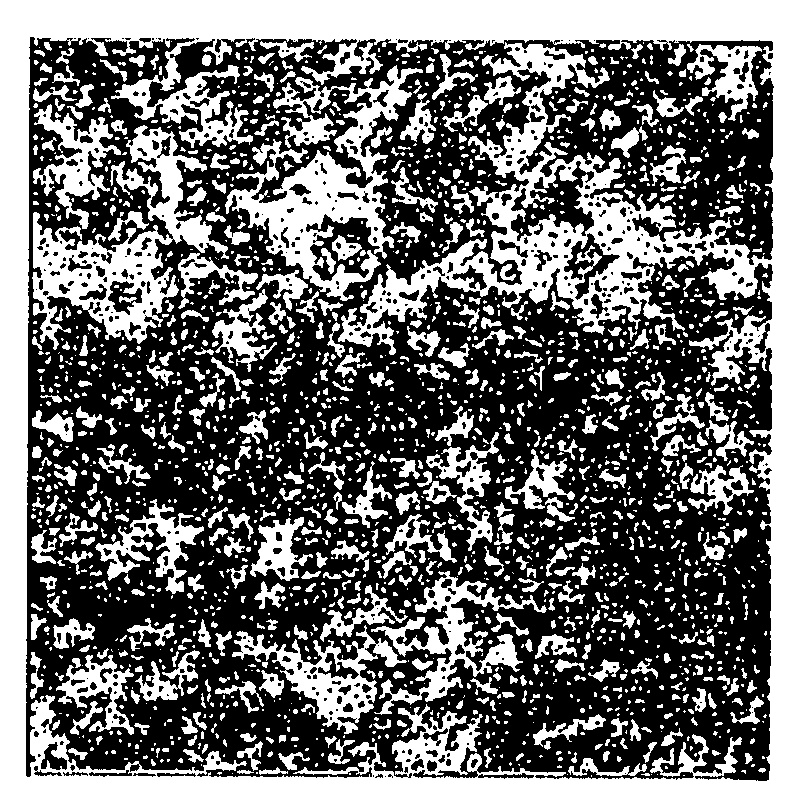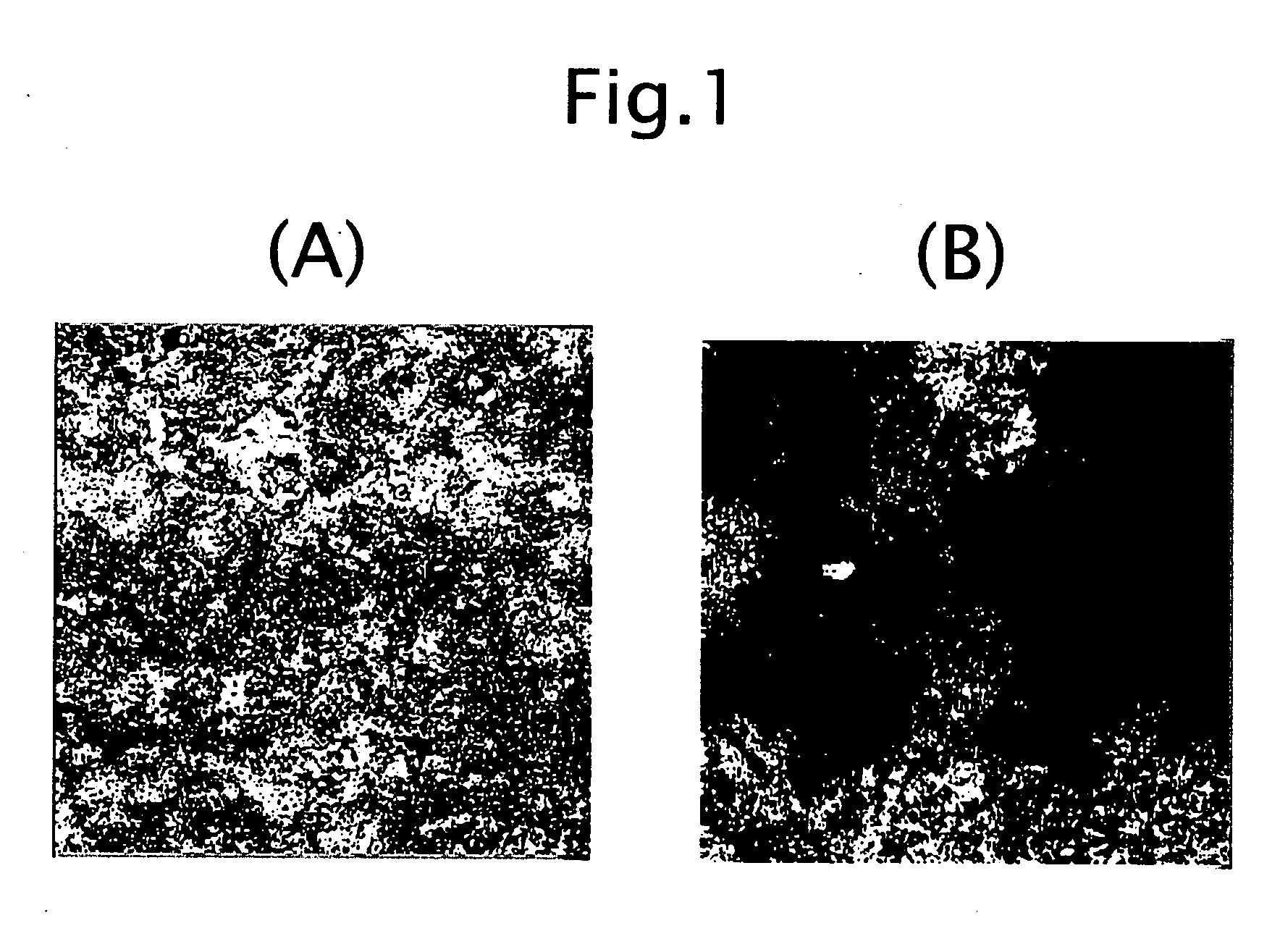Metal-ceramic joined article and production method
- Summary
- Abstract
- Description
- Claims
- Application Information
AI Technical Summary
Benefits of technology
Problems solved by technology
Method used
Image
Examples
example 1
[0112] A metal foil I having a thickness of 20 μm was oxidized at temperature from 900 to 1000° C. in air atmosphere for 15 minutes. In this example, four kinds of alloy, Fe-20Cr-5Al-0.1La alloy, Ni-25Cr-1.5Al alloy, Ni-16Cr-7Fe-1.5Al alloy and Fe-22Cr-0.5Y-4Al alloy were used as the metal foil I. Then, both ends of a silicon nitride plate having a size of 4 mm by 2 mm each was sandwiched by the metal foils I, and the stack was held by a fixture made of carbon coated with a release agent to carry out diffusion-joining step. Diffusion-joining was carried out by heat treatment at 1100° C. in vacuum for five minutes while applying a pressure of 10 MPa.
example 2
[0113] Both ends of a silicon nitride plate having a size of 4 mm by 2 mm each was sandwiched by the metal foil I and a metal foil II (outside) 15 μm in thickness. In this example, three kinds of metal foil II, Al, Cr and Si were used. The stack was held by a fixture made of carbon coated with a release agent to carry out diffusion-joining step. Diffusion-joining was carried out by heat treatment at 1100° C. in vacuum for five minutes while applying a pressure of 10 MPa and applying an electric field.
example 3
[0114] An Al film 2 μm in thickness was formed on one side of the metal foil I by sputtering. Both ends of a silicon nitride plate having a size of 4 mm by 2 mm each was sandwiched by the metal foils I so that the Al film lay on the outside. The stack was held by a fixture made of carbon coated with a release agent to carry out diffusion-joining step. Diffusion-joining was carried out by heat treatment at 1100° C. in vacuum for five minutes while applying a pressure of 10 MPa.
PUM
| Property | Measurement | Unit |
|---|---|---|
| Temperature | aaaaa | aaaaa |
| Temperature | aaaaa | aaaaa |
| Time | aaaaa | aaaaa |
Abstract
Description
Claims
Application Information
 Login to View More
Login to View More - R&D
- Intellectual Property
- Life Sciences
- Materials
- Tech Scout
- Unparalleled Data Quality
- Higher Quality Content
- 60% Fewer Hallucinations
Browse by: Latest US Patents, China's latest patents, Technical Efficacy Thesaurus, Application Domain, Technology Topic, Popular Technical Reports.
© 2025 PatSnap. All rights reserved.Legal|Privacy policy|Modern Slavery Act Transparency Statement|Sitemap|About US| Contact US: help@patsnap.com


